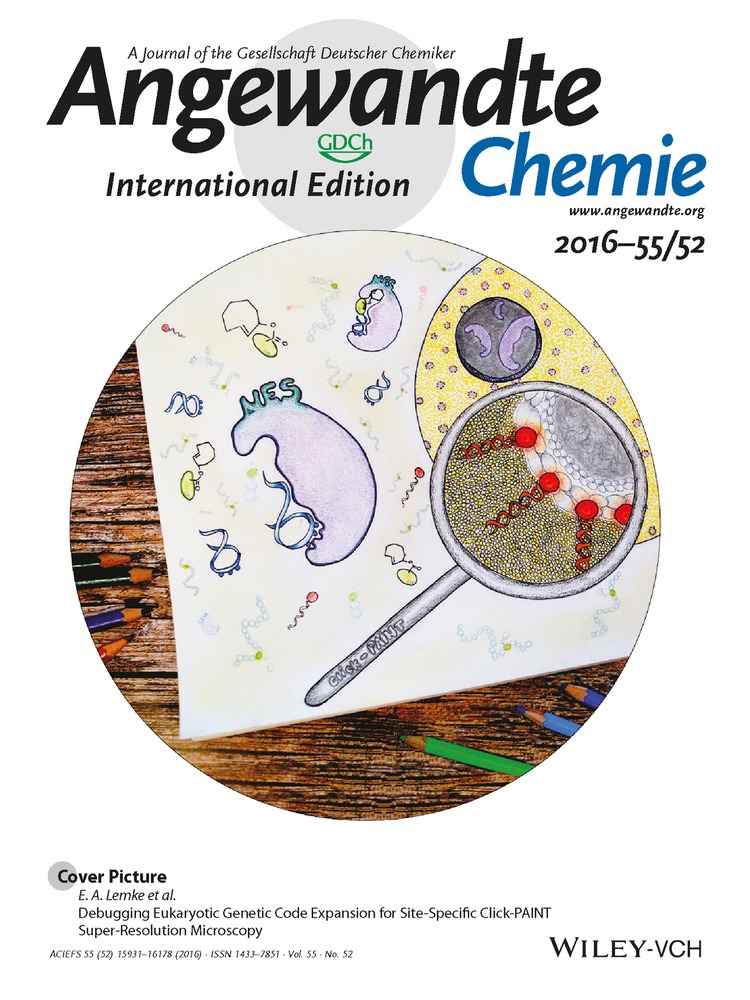Imaging the Atomic Position of Light Cations in a Porous Network and the Europium(III) Ion Exchange Capability by Aberration-Corrected Electron Microscopy
Graphical Abstract
Abstract
In the present work, ETS-10 microporous titanosilicate has been synthesized and its structure characterized by means of powder XRD and aberration corrected scanning transmission electron microscopy (Cs-corrected STEM). For the first time, sodium ions have been imaged sitting inside the 7-membered rings. The ion-exchange capability has been tested by the inclusion of rare earth metals (Eu, Tb and Gd) to produce a luminescent material which has been studied by atomic-resolution Cs-corrected STEM. The data produced has allowed unambiguous imaging of light atoms in a microporous framework as well as determining the cationic metal positions for the first time, providing evidence of the importance of advanced electron microscopy methods for the study of the local environment of metals within zeolitic supports providing unique information of both systems (guest and support) at the same time.





